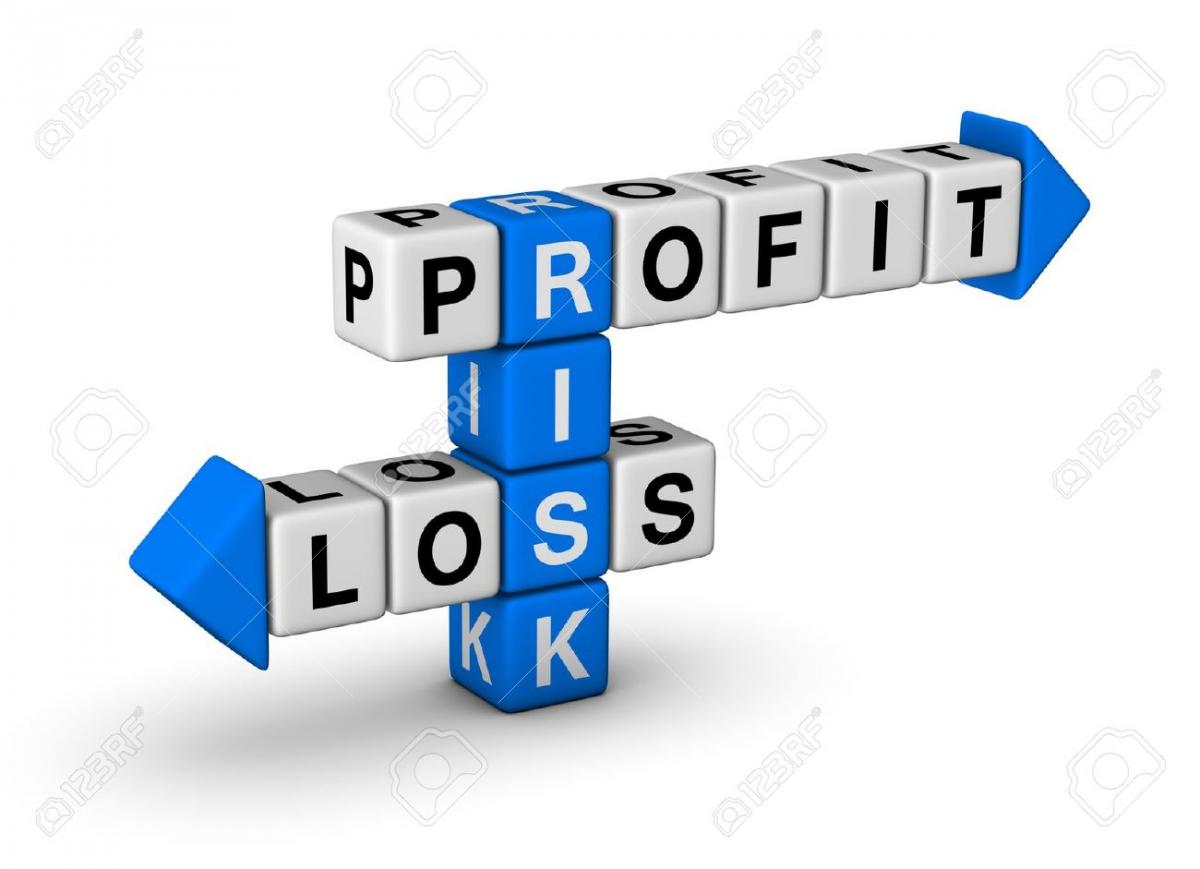 Forex trading can be very simple or extremely complex, and this largely depends on the type of investment and the profits that investors wish to generate from the trades being conducted. However, no matter how experienced a trader may be, it is always important to know when to cut losses in the market. One of the most enduring sayings on is "Cut your losses short and let your winners run." Sage advice, but many investors still appear to do the opposite.
Forex trading can be very simple or extremely complex, and this largely depends on the type of investment and the profits that investors wish to generate from the trades being conducted. However, no matter how experienced a trader may be, it is always important to know when to cut losses in the market. One of the most enduring sayings on is "Cut your losses short and let your winners run." Sage advice, but many investors still appear to do the opposite.
Every trade conducted has the possibility of going bad, which is why traders should always have an exit strategy in place. By detecting a bad trade early, some money can be spared. It is possible to close an open trade immediately to cut any further losses. When doing this, the trader should not try to recover any of these losses through fast trades elsewhere. Always assess the loss and try to recover these when the market is good and a positive opportunity to invest comes along.
By being able to take losses when they are small, the leverage that you apply on a trade will not come back to bite you as hard and can keep the account well-funded. When you do not learn to cover your losses, it can lead to devastating losses that you will not be able to recover from. In fact, this is one of the most common killers of forex trading accounts. But the biggest issue is to recognize when it is time to let go.
The first duty of all forex traders is to protect their forex capital investment. Therefore, even when you suffer a few losses, your forex capital should remain significant enough to enable you to continue trading and possibly recoup your losses. To achieve this, you have to learn how to detect bad trades early enough before your losses turn into huge, unmanageable amounts. For early detection, you can check on the following points: Support, Resistance, Reversal Points, Reversal Candlesticks, other currency pairs etc.
When a trader is down on a positions, many emotions often come into play, making it difficult to cut losses at the right level. The best practice is to decide where losses will be cut before a trade is even initiated. This will assure the trader of the maximum amount he can expect to lose on the trade. The other key element of risk control is overall account risk. In other words, a trader should know before he begins his trading endeavor how much of his account he is willing to lose before ceasing trading and re-evaluating his strategy.







